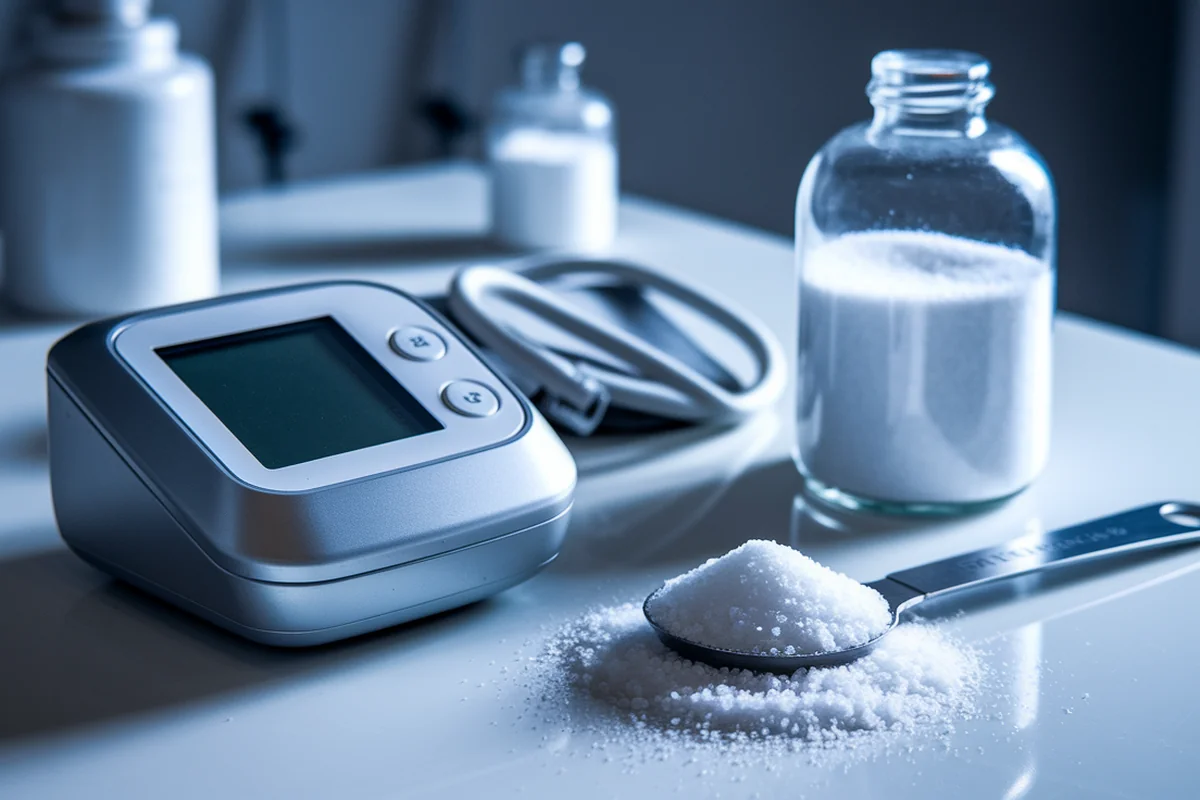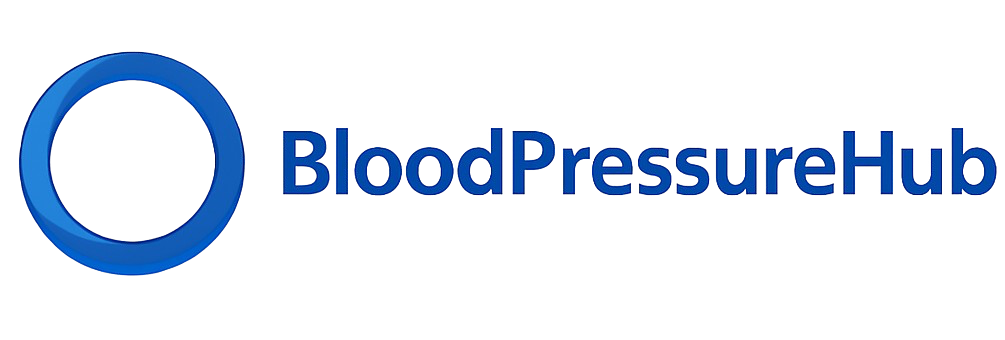Salt Shaker Showdown: Reducing Sodium for Better Blood Pressure Control
The BPHub Team
2025-03-27

Often undetected until significant damage has occurred, high blood presure is a leading risk factor for heart disease and stroke. Among the many contributors to high blood pressure, excessive sodium intake is one of the most significant yet modifiable factors. This blog post will provide you insights into the role of sodium in blood pressure regulation and offers practical strategies for reducing sodium intake to promote better health.
Understanding Sodium and Its Role in Blood Pressure
Sodium is an essential mineral that plays a crucial role in maintaining fluid balance, nerve function, and muscle contractions. However, when consumed in excess, sodium can lead to increased blood pressure. According to the World Health Organization (WHO), high sodium intake is linked to elevated blood pressure, which subsequently raises the risk of cardiovascular diseases [5].
How Sodium Affects Blood Pressure
When you consume too much sodium, your body retains more water to dilute the sodium in your bloodstream. This increased volume of fluid raises blood pressure, putting extra strain on your heart and blood vessels. Over time, this can lead to hypertension, a condition that affects nearly half of all adults in the United States [1].
The Global Sodium Crisis
The average sodium intake worldwide far exceeds the recommended limits. The WHO suggests that adults should consume less than 2,000 milligrams of sodium per day, yet many people consume more than twice this amount [5]. This excessive intake is largely due to processed and restaurant foods, which often contain hidden sodium. Unfortunately, we naturally found salty foods tasty.
The Impact of Sodium on Health
Hypertension and Cardiovascular Disease
High sodium intake is a well-established risk factor for hypertension. Studies have shown that reducing sodium intake can significantly lower blood pressure, thereby reducing the risk of heart disease and stroke [1]. The American Heart Association emphasizes the importance of reducing sodium in the food supply to combat hypertension effectively [1].
Other Health Implications
In addition to its impact on blood pressure, excessive sodium intake is associated with other health issues, such as kidney disease and osteoporosis. High sodium levels can lead to calcium loss, weakening bones over time. Moreover, a diet high in sodium can exacerbate symptoms of heart failure and increase the risk of stomach cancer [5].
Strategies for Reducing Sodium Intake
Reducing sodium intake requires a multifaceted approach that involves dietary changes, increased awareness, and lifestyle modifications. Here are some practical strategies to help you cut down on sodium:
Read Nutrition Labels
One of the most effective ways to reduce sodium intake is to become a savvy label reader. Many packaged and processed foods contain high levels of sodium, often hidden under different names like monosodium glutamate (MSG) or sodium bicarbonate. By checking nutrition labels, you can make informed choices and opt for low-sodium alternatives [4].
Cook at Home
Cooking at home allows you to control the amount of sodium in your meals. Use herbs, spices, and other flavorings to enhance the taste of your food without relying on salt. Experiment with garlic, lemon juice, and vinegar to add flavor without adding sodium [3].
Limit Processed Foods
Processed foods, such as canned soups, deli meats, and snack foods, are significant sources of sodium. Limiting these foods and choosing fresh, whole foods can help reduce your sodium intake. Opt for fresh fruits, vegetables, lean proteins, and whole grains, which are naturally low in sodium [3].
Be Mindful When Dining Out
Restaurant meals are often high in sodium, so it's essential to be mindful when dining out. Request that your food be prepared without added salt, and ask for sauces and dressings on the side. Choose dishes that are steamed, grilled, or baked instead of fried or breaded [3].
Gradual Reduction
If you're accustomed to a high-sodium diet, reducing your intake gradually can help your taste buds adjust. Start by cutting back on the amount of salt you add to your food and gradually decrease your consumption of high-sodium foods. Over time, you'll find that you need less salt to enjoy the flavor of your meals [3].
The Role of Potassium
Potassium is another essential mineral that can help counteract the effects of sodium on blood pressure. It helps relax blood vessel walls and excretes sodium through urine, thereby lowering blood pressure. Foods rich in potassium include bananas, potatoes, spinach, and avocados. Increasing your potassium intake can be a beneficial strategy in managing blood pressure, especially when combined with sodium reduction [2].
There are also potassium-based salts. You can use them in order to reduce the amount of sodium in your diet increasing at the same time the amount of potassium. Even though you may find they taste slightly different, they may offer a good alternative. Moreover, some of these substitute contains a mixture of sodium and potassium, making them a good choice for gradually reducing the amount of sodium.
Conclusion
Reducing sodium intake is a critical step in managing blood pressure and improving overall health. By understanding the impact of sodium on your body and adopting practical strategies to reduce your intake, you can take control of your health and reduce your risk of hypertension and related diseases. Start by making small changes, such as reading nutrition labels, cooking at home, and choosing fresh foods. Over time, these changes can lead to significant improvements in your health.
Remember, while reducing sodium is important, it's essential to consult with a healthcare professional for personalized medical advice, especially if you have existing health conditions or are taking medications. By working with your healthcare provider, you can develop a comprehensive plan to manage your blood pressure effectively.
References
-
American Heart Association says Dietary Sodium's impact may not be offset by other aspects of a diet. Retrieved from Clarksville Online.
-
Can taking salt tablets cause low potassium? Retrieved from Quora.
-
Lifestyle changes that can help lower your blood pressure. Retrieved from Kaieteur News.
-
MSG vs Salt: The Ultimate Comparison Guide. Retrieved from Pearl River Bridge.
-
How eating excess salt kills over a million people every year. Retrieved from India Today.
This blog was created by the BPMaestro Team under the supervision of Santiago Miriuka, MD PhD.
